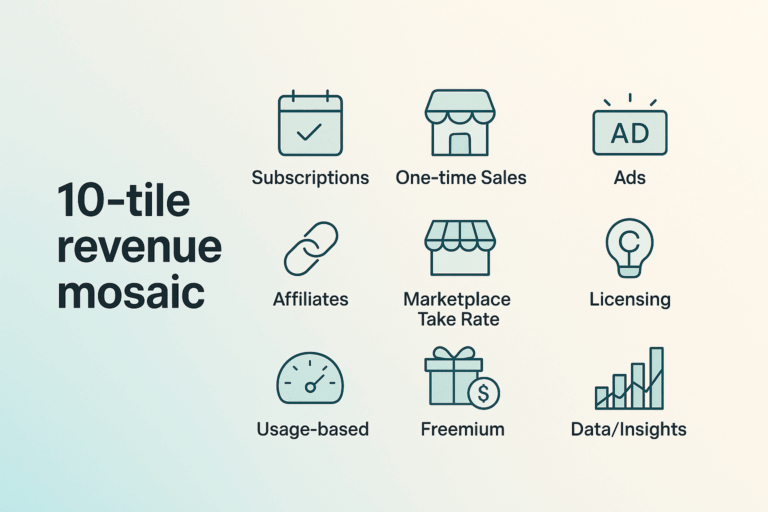A Short How to Validate Your Business Idea Before You Go All-In
Every successful business starts with some sort of idea. But, obviously, not every idea becomes a successful business. Before you go about investing a significant amount of time and your money, do what smart entrepreneurs do. Smart entrepreneurs validate their concepts using proven methods that they have learned. This methods should reveal whether there are real customers who might actually pay for their solution.
1. The Mom Test: Talk to Potential Customers (Without Pitching Them)
Instead of asking “Would you buy this?” or “Why might you buy this?”, focus on understanding different people’s viewpoints about their current behavior and also their current pain points. Ask them about their last experience with the problem you’re trying to help solve. What solutions have they already tried? Ask them about what things or services that they’re currently spending money on each month or each week.
For example, if you’re creating a meal planning app, do not describe your app. Instead, ask them, “How do you currently plan your meals for the week?” and “What do you think is the most frustrating part about grocery shopping?” Let their answers reveal whether you might have a solution addresses any real problem that is worth solving. Don’t bring your idea to them as a potential customer, but get real “in the field” type of information from them.
2. Create a Landing Page that can gather Pre-Orders
Build a simple website describing your product or your service with a “pre-order” or a “join waitlist” button. Drive traffic through social media and/or small ad campaigns spending between $50-$100 a campaign. Measure any genuine interest through email signups or actual pre-orders.
For example, an entrepreneur who is planning to sell eco-friendly phone cases could create a landing page with some product mockup pictures along with some advertising copy. After about 50 visitors, let’s say, only 2 signed up for updates. Well, this may be a clear sign to pivot before you manufacture any inventory or spend any money.
3. The Concierge MVP: Manually Deliver Your Service
Before you start to building any complex systems, you should try to manually perform the service just for a couple or a handful of customers. This helps to prove that people will pay for the service. And, another key benefit is that it manually teaches you exactly how the value is generated for the customer. It shows you how to manually perform the steps that are really needed.
For example, the founder of a virtual assistant matching service might initially match clients manually via email before starting to invest in any technology or starting to build any platform. If you could get five paying customers validated, then that would show the true demand and possibly reveal the most important features of your service. Using those results, you could possibly figure out which processes you might want to automate first.
4. The 100 Customer Rule
Here, you would set a clear validation goal. Like, find 100 people who say they would definitely buy. Find 10 who actually give you their credit card information. And, find 3 customers who actually pay you upfront. The specific number doesn’t really matter this is more about generating real, tangible leads. Be careful because sometimes people like to encourage by saying they will buy from you and then they may turn luke warm later.But, this is more about testing what actually is the market reality.
Move Forward with Confidence
Validation is about gathering enough evidence to make an informed decision and to be able to move forward with confidence. If multiple methods show you weak interest, then you know to pivot or refine your idea further. If you receive strong validation signals, then that’s your green light. You can build with confidence, knowing that real customers are actively waiting for your proposed solution.
Remember: every hour spent validating could save you days from building in the wrong direction and then having to backtrack.

